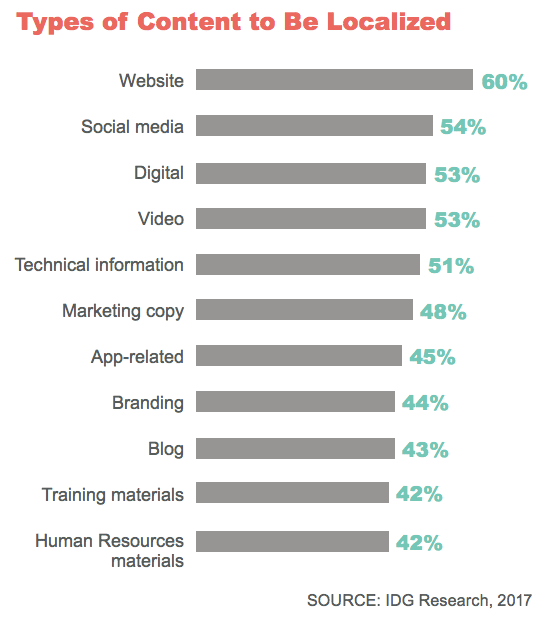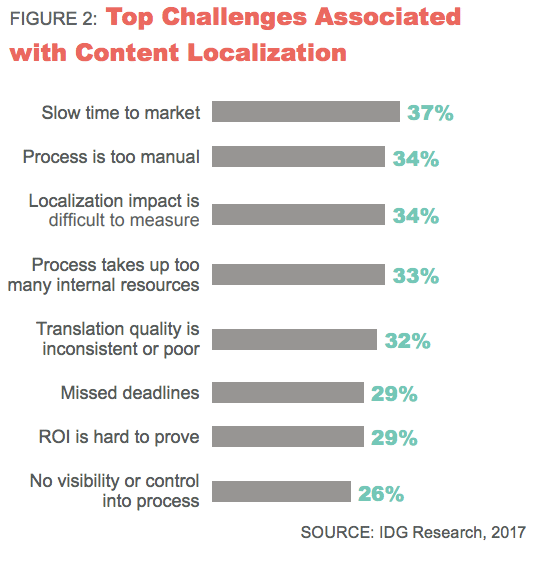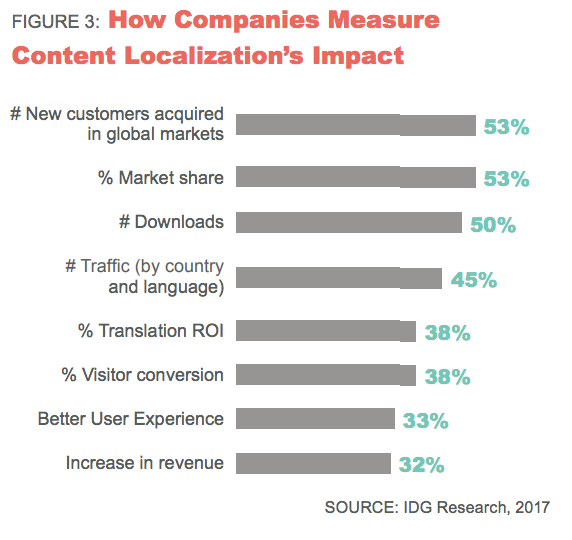Multinational aspirations, along with customer experiences, behavior and expectations, are driving comms leaders to make big investments in localizing websites, mobile apps, social media channels and other company content in multiple languages.
Indeed, 94 percent of U.S. and Europe marketers in a recent survey from translation tech and service innovator Smartling cite plans to increase spending on content localization in the coming year.
Results of the survey, conducted by IDG Research, reveal content localization is a top priority for global brands, examining how marketers are localizing content for a global audience to catalyze growth and increase revenue opportunities.
Among key findings, 80 percent of those surveyed said that content localization is essential to entering new markets, while 74 percent of respondents indicated that content localization is a revenue driver.
“Companies active in multiple geographic markets understand the many benefits localized content can deliver, but not all know how to best leverage this powerful competitive differentiator,” said Juliana Pereira, vice president of marketing at Smartling, in a news release. “In today’s global business environment, it’s all about enhancing, tailoring and personalizing customer experiences. Providing translation in the local language goes the extra mile to show your customers that your brand speaks their language, quite literally.”
Other key findings include:
- On average, the responding marketers expect their companies to enter seven new markets in the next 12 months.
- 88 percent said they would need translation services to support their planned expansions.
- Nearly 40 percent of those surveyed disclosed that their organizations are spending $500,000 or more annually on content localization.
The Smartling-commissioned IDG study is based on a survey of more than 300 participating marketing professionals. To participate in the IDG study, respondents had to hold director-level or higher positions related to marketing functions, and their companies had to have at least 1,000 employees and a multinational footprint. Among the survey findings were the types of content being translated, the investments companies are making in support of these efforts, and the ways in which organizations measure the success of their localization initiatives.






